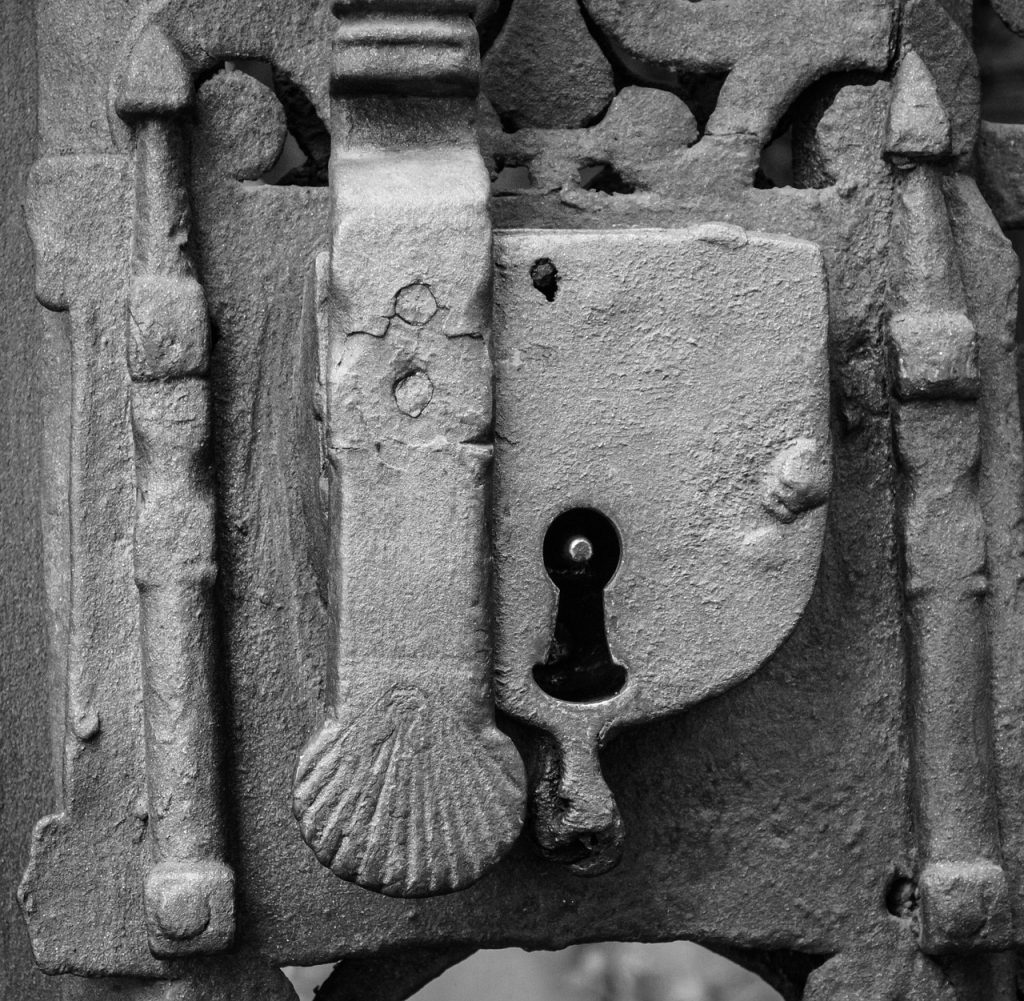Casting sand inclusion refers to the phenomenon where sand grains or other impurities are entrapped in the metal casting process.
Sand inclusion can adversely affect the quality of castings, leading to surface defects, internal porosity, and other issues.
Here are some possible reasons for casting sand inclusion:
- Poor Quality Sand Material: The use of inferior or unsuitable sand material may result in sand inclusion issues. Sand materials should possess sufficient high-temperature resistance, compressive strength, and wear resistance to ensure the strength and stability of molds and cores.
- Improper Sand Mold Preparation: Inadequate compaction, improper control of sand mold moisture, or insufficient compaction during the molding process can contribute to sand inclusion issues. Insufficient compaction can lead to reduced mold strength and susceptibility to breakage.
- Unreasonable Casting Process Parameters: Casting process parameters, such as pouring temperature, pouring speed, and pouring angle, if set improperly, can cause molten metal to impact the sand mold, leading to breakage and sand inclusion.
- Inadequate Mold Surface Treatment: Poor treatment of the mold surface may result in an uneven surface, making it prone to sand inclusion. Mold coatings or surface layers should have sufficient adhesion and smoothness.
- Unsuitable Vibration Conditions: Vibration is commonly used in the molding and casting processes, but inappropriate vibration conditions may contribute to sand inclusion. Parameters such as the magnitude, frequency, and duration of vibration need to be set reasonably.
- Mold Design Issues: Inappropriate mold design, such as structural problems or excessive complexity, can lead to incomplete mold formation or susceptibility to breakage, resulting in sand inclusion.
- Core Preparation Issues: Cores play a crucial role in the casting process, and improper core preparation may lead to core breakage, deformation, and subsequent sand inclusion.
- Improper Sand Mix Ratio: In the process of preparing sand mixtures, an improper ratio of components may lead to unstable mortar performance, thereby causing sand inclusion issues.

